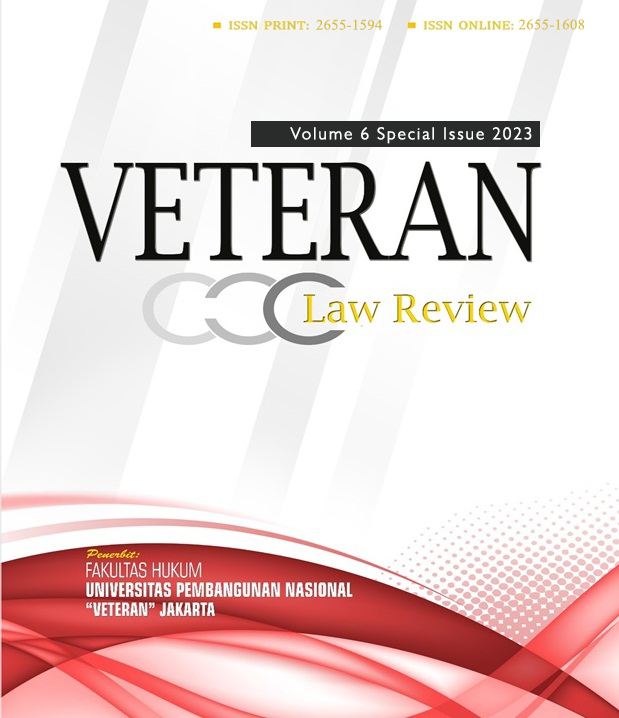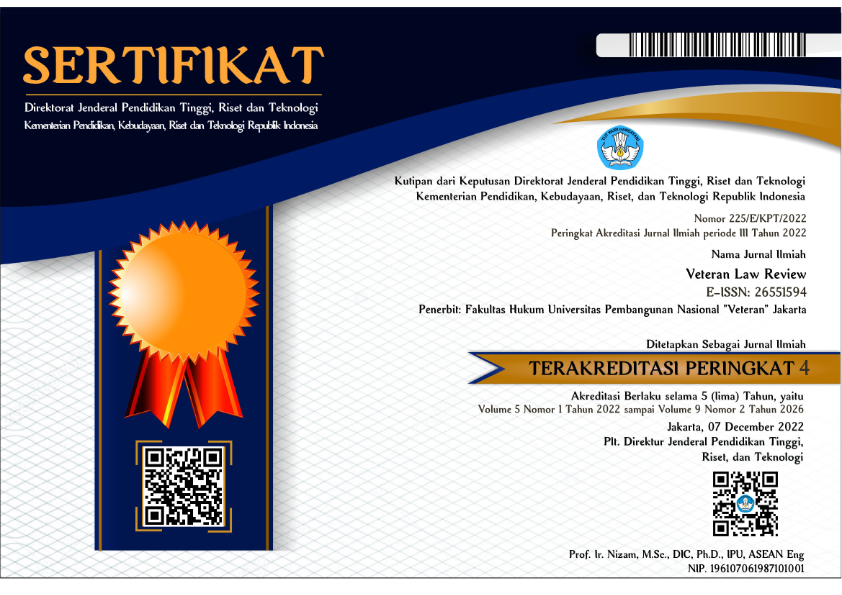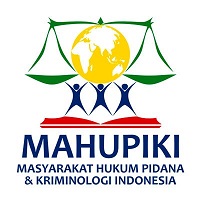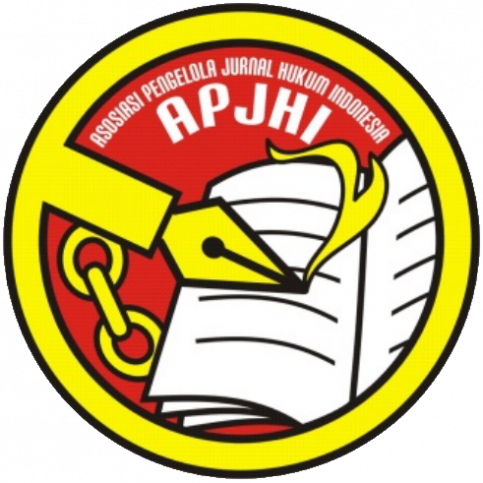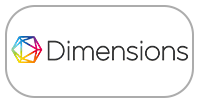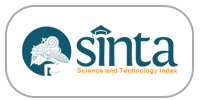The General Meeting of Shareholders Based on Notary Rules and Electronic Evidence
DOI:
https://doi.org/10.35586/velrev.v6iSpecialIssues.4797Keywords:
authentic deed, electronic GMS, legal action, proofAbstract
The purpose of this study was to analyze an event of the General Meeting of Shareholders (GMS) which was held electronically. The legal status of the minutes of the electronic GMS whether as a legal act, a real act or as a mere fact greatly influences its impact as an authentic deed. This means that a mere fact such as the existence of a piece of land that is flooded, the mental state of a person, cannot be proven by an authentic deed. The results of the legal analysis, the GMS event which was held electronically where the shareholders were not in the same meeting place, but attended based on electronic media, there is still a legal loophole for the shareholders to deny the results of the electronic GMS decision. The research was conducted in a juridical normative manner by reviewing regulations, norms and rules as well as concepts as well as related literature. The conclusion that the electronic GMS event is categorized as a mere fact referring to the Virlijden Rule (made, read and signed by all parties simultaneously at the same time) on the authenticity of the deed, so there is a legal loophole for the meeting participants to deny. The research was conducted using the Virlijden Rule and the Statement of Intention (Wilsverklaring) Rule and also supported by the Deconstruction theory that the interpretation of a text is never single and holds the potential for new and unexpected interpretations. As a legal act from the shareholders for the statement of their will, additional evidence is needed from the shareholders. The meeting participants make separate statements to be submitted electronically to the chairman of the meeting in addition to fingerprints or electronic signatures (e-signature) as regulated in the notary position law.Downloads
References
Al-Fayyadl, M. (2006). Derrida. Yogyakarta: LKis Yogyakarta.
Budiono, H. (2012). Collection of Civil Law Writings in the Field of Notary. Bandung: PT. Citra Aditya Bakti.
Dewi, A. S. K. (2015). Organization of the GMS through Electronic Media related to the Obligation of a Notary to attach the Fingerprint of an Appearer. Legal Arena. 8(1).
Dewi, M. N. K. (2016). Legal Position of Deed "Treatise Meeting General Shareholders (GMS) through Electronic Media. Arena Hukum. 9(1).
Harahap, M. Y. (2019). Limited Liability Company Law. Jakarta: Sinar Graphic, seventh printing.
Izzat, I. (2021). Analysis Juridical to Implementation of the Cyber Notary GMS (E-GMS) in Regulation Financial Services Authority, Journal Significant Humanities. 2(2).
Puspitaningrum, J. (2018). Legacy and Strength "Proof Treatise Meeting General Shareholders of Limited Liability Company (PT) Media Teleconference”. Legal Pluralism. 8(2).
Putra, Y. A., Yahanan, A., & Trisaka, A. (2019). Video Conference in Meeting Shareholders based on Article 77 of the Limited Liability Company Law. Repertorium, Journal Scientific Legal Notary. 8(1).
Rizkianti, W. (2016). Deed "Authentic Meeting General Shareholders (GMS) through Teleconference Media (Creation Mechanism and Strength The proof). Journal Juridical. 3(1).
Tobing, G. H. S. L. (1983). Rules Position Notary. Jakarta: Erlangga.
Downloads
Published
How to Cite
Issue
Section
License
Copyright (c) 2023 Veteran Law Review

This work is licensed under a Creative Commons Attribution-ShareAlike 4.0 International License.
Copyright (c) 2022 Veteran Law Review Journal
Veteran Law Review © 2022 by Faculty of Law Universitas Pembangunan Nasional "Veteran" Jakarta is licensed under Creative Commons Attribution 4.0 International

1. License
The non-commercial use of the article will be governed by the Creative Commons Attribution license as currently displayed on Creative Commons Attribution 4.0 International.
2. Author(s)' Warranties
The author warrants that the article is original, written by the stated author(s), has not been published before, contains no unlawful statements, does not infringe the rights of others, is subject to copyright that is vested exclusively in the author, and free of any third party rights, and that any necessary written permissions to quote from other sources have been obtained by the author(s).
3. User/Public Rights
VELREV's spirit is to disseminate articles published are as free as possible. Under the Creative Commons Attribution-ShareAlike 4.0 International License. VELREV permits users to copy, distribute, display, and perform the work for non-commercial purposes only. Users will also need to attribute authors and VELREV to distributing works in the journal and other media of publications.
4. Rights of Authors
Authors retain all their rights to the published works, such as (but not limited to) the following rights;
- Reproduce the work
- Prepare derivative works based upon the work
- Distribute copies of the work
- Perform the work publicly
- Display the work publicly
- Copyright and other proprietary rights relating to the article, such as patent rights,
- The right to self-archive the article,
- The right to enter into separate, additional contractual arrangements for the non-exclusive distribution of the article's published version (e.g., post it to an institutional repository or publish it in a book), with an acknowledgement of its initial publication in this journal (Veteran Law Review).
5. Co-Authorship
If the article was jointly prepared by more than one author, any author submitting the manuscript warrants that he/she has been authorized by all co-authors to be agreed on this copyright and license notice (agreement) on their behalf, and agrees to inform his/her co-authors of the terms of this policy. VELREV will not be held liable for anything that may arise due to the author's internal dispute. VELREV will only communicate with the corresponding author.
6. Royalties
Being an open accessed journal and disseminating articles for free under the Creative Commons license term mentioned, author(s) are aware that VELREV entitles the author(s) to no royalties or other fees.
7. Miscellaneous
VELREV will publish the article (or have it published) in the journal if the article’s editorial process is successfully completed. JOSI's editors may modify the article to a style of punctuation, spelling, capitalization, referencing, and usage that deems appropriate. The author acknowledges that the article may be published so that it will be publicly accessible and such access will be free of charge for the readers as mentioned in point 3.

